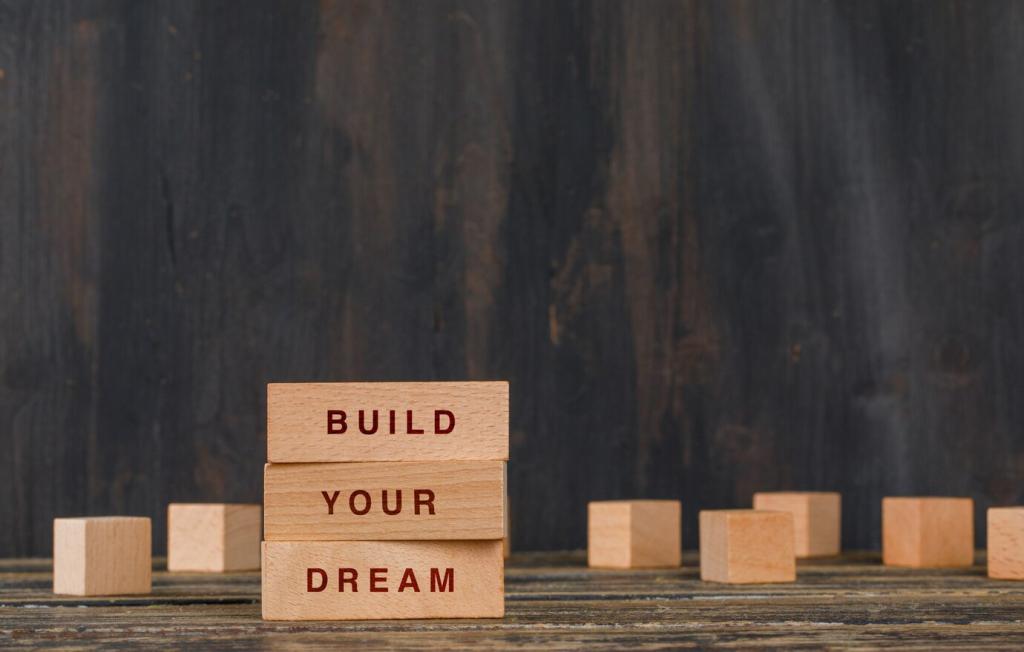Creating a Resilience Toolkit with Emotional Techniques
Welcome—today’s chosen theme is Creating a Resilience Toolkit with Emotional Techniques. This home page is your friendly launchpad for crafting a personalized set of emotional practices you can rely on during stress, change, and uncertainty. Expect practical tools, warm guidance, and real stories. Join the conversation, share what helps you most, and subscribe to keep building your toolkit with us.


Emotional First Aid, Clearly Defined
Emotional first aid is the immediate care you give your inner world when stress spikes. It stabilizes you long enough to choose your next best step. Think of it like a pocket guide for your nervous system, ready before panic, anger, or numbness take over.
Layers of Support: Immediate, Daily, Deep
A strong toolkit has three layers: immediate stabilizers for sudden stress, daily practices that build capacity, and deeper techniques for healing patterns. This layered approach ensures you are ready for both urgent moments and long-term growth, without overwhelming your schedule.
A Bus-Stop Story About Using a Toolkit
Once, after a harsh email, I stood at a bus stop shaking. I used box breathing, named the emotion out loud, and texted a boundary to myself as a promise. By the time the bus arrived, I felt steady enough to respond—not react.


Breath and Grounding: Fast-Acting Stabilizers
Inhale four, hold four, exhale four, hold four—repeat for one minute. Add a physiological sigh: inhale, then a tiny top-up inhale, and long exhale. These techniques tone your vagus nerve, lower arousal, and create enough calm to choose your next compassionate action.
Breath and Grounding: Fast-Acting Stabilizers
Notice five things you can see, four you can feel, three you can hear, two you can smell, one you can taste. This anchors attention in the present, easing rumination and fear. Practice while waiting in line, and share your favorite sensory anchor with the community.
Cognitive Reframing and Self-Compassion
Write the triggering thought, rate its intensity, then list facts for and against. Offer a balanced alternative thought that is both honest and kind. This isn’t forced positivity; it’s an accurate, caring perspective that keeps you effective under pressure.
Cognitive Reframing and Self-Compassion
Place a warm hand where you feel tension. Say: This is a moment of stress. Stress is part of being human. May I be kind to myself right now. Choose a supportive action: sip water, stretch, or pause a minute. Notice the emotional softening.


Somatic and Sensory Anchors You Can Touch
Try a 60-second shake-out, shoulder rolls, or wall push. Muscles hold emotional residue; gentle movement invites release and clarity. Pair micro-moves with three slow exhales. Many readers report thinking more creatively right after this tiny, effective reset.


Somatic and Sensory Anchors You Can Touch
Carry a smooth stone, textured fabric, or grounding bracelet. When stress rises, hold and notice temperature, texture, and weight. This small ritual creates a reliable sensory bridge from overwhelm to presence, especially helpful during meetings, commutes, or difficult conversations.
Community, Boundaries, and Gentle Scripts
Your Support Circle Map
Draw three rings: inner circle for people you can text anytime, middle for mentors, outer for communities. Assign each ring a specific ask—listening, advice, or co-working. Knowing who to contact reduces emotional load and prevents isolation during hard days.
Boundary Scripts for Stressful Moments
Keep two or three compassionate scripts handy: I need a pause to respond thoughtfully. I can continue for ten minutes, then reschedule. I’m not available for that, but here’s an alternative. Practicing out loud builds confidence for emotionally charged conversations.
Environmental Cues that Support Calm
Designate a calm corner: soft light, a blanket, your anchor object, and a short breathing card. Visual cues remind your body that safety is available now. Even a small desk plant or window view can become part of your emotional regulation environment.


Rituals, Habits, and Implementation Plans
Pick a two-minute window after brushing teeth or brewing coffee. Do one breath cycle, name your emotion, and stretch. This simple combo strengthens emotional skills daily, so they show up automatically when stress is high and choices feel hard.
Rituals, Habits, and Implementation Plans
Write concrete cues: If my heart races before a call, then I will do one physiological sigh. If I ruminate at night, then I will journal for five minutes. Specific triggers paired with clear actions make emotional techniques dependable under pressure.
Crisis Cards and Gentle Recovery
On a small card, list three steps: breathe box pattern twice, text a trusted person, take a five-minute outdoor walk. Add one comforting phrase you believe. Keep it in your wallet so decisions are simple when emotions feel overwhelming.
Join our mailing list
